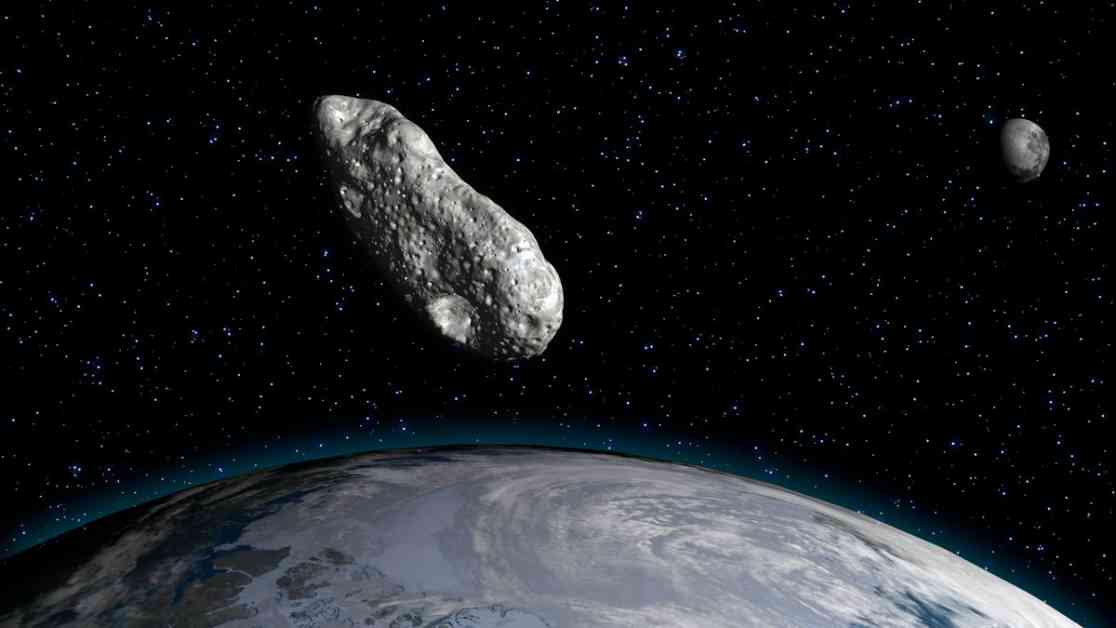On Sunday, Earth captured a new “minimoon” called 2024 PT5, a small asteroid that will orbit our planet for the next two months. This near-Earth asteroid measures about 33 feet wide, similar to the length of a school bus. It was caught by Earth’s gravity during a close approach and is expected to break free on November 25, resuming its regular orbit around the sun. While the idea of a second moon may sound fascinating, 2024 PT5 is too small to be visible to the naked eye or through amateur telescopes.
The new minimoon is too dim for typical backyard telescopes and binoculars, but it falls within the brightness range of professional telescopes used by astronomers. This means that the only way to see Earth’s new moonlet is to wait for images to be released by professional observatories. The asteroid likely originated from the Arjuna asteroid belt, which closely aligns with Earth’s orbit. It will make another close flyby in January 2025 and another in 2055.
2024 PT5 is not Earth’s first minimoon, as our planet has likely captured many temporary moons over its lifetime. The first observed by humans was the asteroid 2006 RH120, followed by the space rock 2020 CD3. Some researchers have suggested using these transient satellites as “stepping stones” for future missions to mine asteroids or explore deeper into our solar system.
In addition to the newly captured minimoon, there is a bright comet visible in the morning sky until October 2. The comet C/2023 A3 Tsuchinshan-ATLAS can be observed with the naked eye and provides a unique celestial sight for stargazers. As we continue to explore the mysteries of the universe, these celestial events offer a glimpse into the vastness of space and the wonders that surround our planet.










